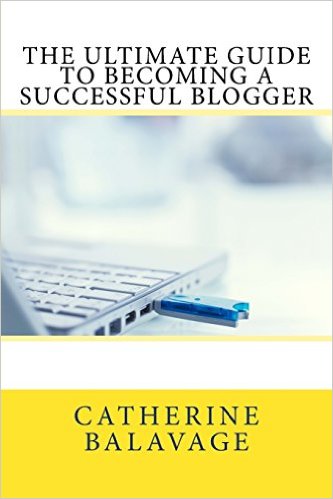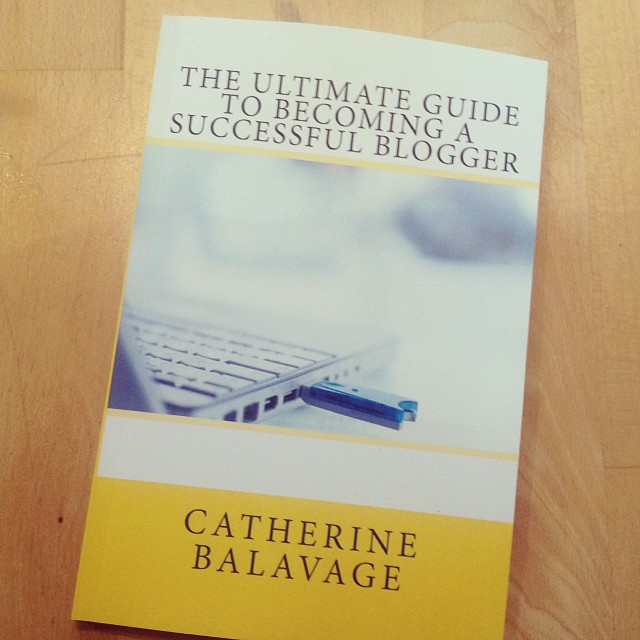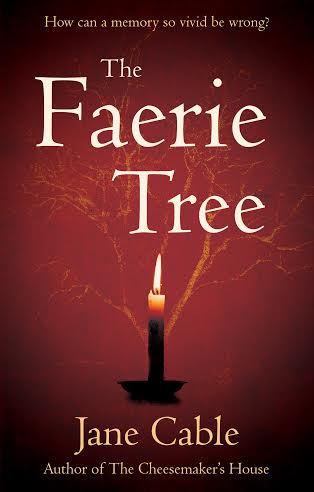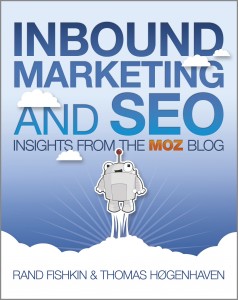
So you have written your amazing blog post but how do you get people to read it? In fact, how do you get your blog to stand out and be successful by having your blogs go viral? Here are my tips for writing good content that gets read and shared. For more on blogging check out my blogging book The Ultimate Guide To Becoming a Successful Blogger which is available in ebook and print.
Content is King
If people are to be expected to put up with turning on a computer to read a screen, they must be rewarded with deep and extremely up to date information that they can explore at will. They need an opportunity for personal involvement that goes far beyond that offered through the letters to the editor pages of print magazines.” -Bill Gates.
These three words are the most important. In fact, these are the words your business should live by. Content IS king. Your posts will only go viral if your content is good enough. You have to write great posts that people will not just read but also share. You have to capture their imagination, or tell them something they didn’t know. You have to solve one of their problems or entertain them. You should write consistently good blog posts so people keep coming back for more. Your content should be good, well-written and sharable. But that is not enough, you also have to do the next step.
Tip: Be so good that they can’t ignore you.
Share Your Content
The more you share your content the more likely other people will see it, read it, and share it too. You can share your post on Twitter, Facebook, Reddit, StumbleUpon, Digg, LinkedIn, Google+, Pinterest and Tumblr. Phew. That is a lot of different sites and it can be exhausting sharing your post on all of them. The key is to find the ones that work for your content and then you can ditch the others. Of course, sharing on them all would be great, but you have to think about opportunity costs. Do what works, drop what doesn’t. Burning out never helped anyone.
Keep Your Title Short
It makes it easier to share on Twitter. People also have short attention spans.
Write Catchy Titles
Your title is an advertisement for your article. If it isn’t good, then people won’t click on it. The title is the most important thing because if you do not have a good one then your post will not get read. Take time on your titles and make sure they are catchy, suggest what is in the article, and pique people’s interest. It is also important that the title tells you, or at least gives a hint, on what the post is about. No song titles or vague descriptions. I know it is irritating, but magazines can get away with that, but online you have to let people know why they should click immediately or you will lose them.
According to Peter Sandeen 80% of people don’t read more than the title. So make sure you make it count.
Tag Your Article And Include Good Keywords
Tag your post with relevant keywords. Google don’t penalise for over-tagging anymore but you don’t need to. Just add the most relevant keywords for your article so people can find it easily. Also include the best keywords in your title and in the first paragraph of your post. For example, I would tag this article “blogging” “how to make your blog post go viral” and “blogging tips”. It is also a good idea to go through your old posts and put in relevant keywords in the title and throughout the article. Optimise your old posts and your new ones. You will be more likely to get traffic this way.
This is probably the point where you realise that writing great content and making it go viral is not as easy as it looks. Well it isn’t, but it is a skill to learn and you can do it. You just have to learn how and I will give you the knowledge. Keep an eye out for part two. You can also read my article on how to make money blogging.
I will be telling you all you need to know about blogging in a series of articles. You can also check out my book, The Ultimate Guide To Becoming a Successful Blogger which is available in ebook and print.











